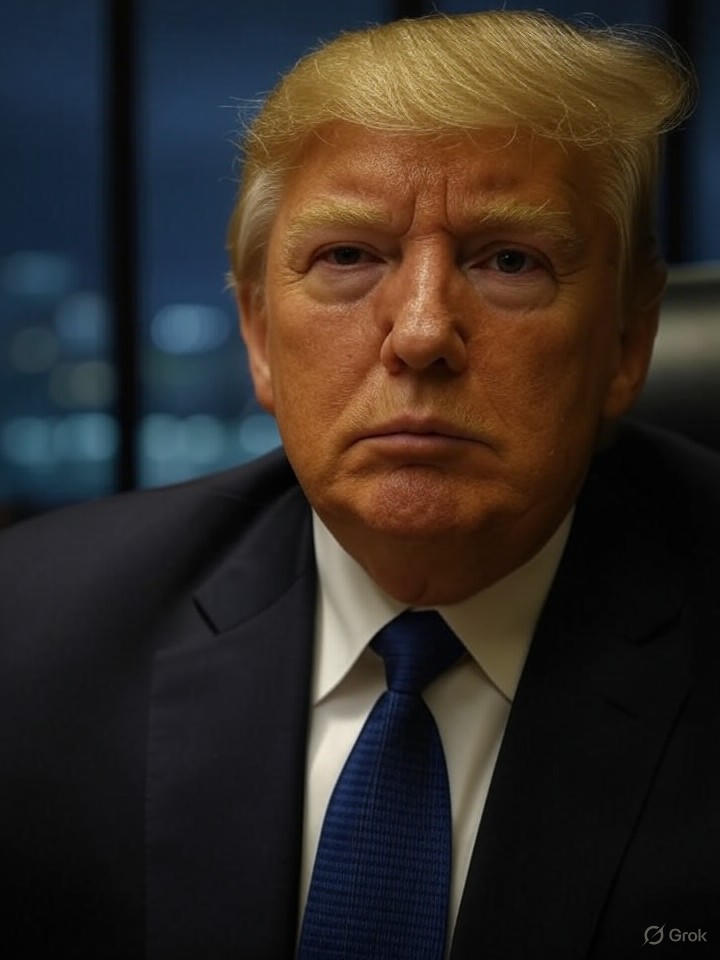Escalating Tensions in Global Trade
As the second Trump administration presses forward with its aggressive trade policies, the global economy finds itself on the brink of a prolonged tariff war that shows no signs of abating. Recent developments, including a universal 10% tariff implemented on April 5, 2025, and subsequent country-specific duties, have reignited conflicts with major trading partners like China, Canada, and Mexico. According to a detailed timeline published by The New York Times, President Trump’s strategy of imposing and suspending tariffs has not only shaken markets but also confounded international allies, leading to retaliatory measures that could deepen economic divides.
The fallout has been swift and severe. A Wikipedia entry on Tariffs in the second Trump administration notes that U.S. baseline tariffs on Chinese goods have peaked at 145%, prompting China to counter with 125% duties on American products. A temporary truce reduced these to 30% and 10% respectively, but it expires on August 12, 2025, raising fears of renewed escalation. This back-and-forth has already contributed to a 2025 stock market crash, with additional tariffs taking effect on August 7, as reported in real-time updates from Reuters.
Economic Ripples Across Households and Industries
The human cost of these policies is becoming increasingly apparent. Analysis from the Tax Foundation estimates that Trump tariffs equate to an average tax increase of nearly $1,300 per U.S. household in 2025, exacerbating inflationary pressures and slowing growth. Posts on X, formerly Twitter, echo this sentiment, with users like economist Anders Åslund highlighting how tariffs have triggered global stock market volatility and shifted growth expectations from 2.5-3.0% to potential recessions worldwide.
Industries are reeling under the strain. The automotive sector, for instance, faces disrupted supply chains, as noted in X posts discussing impacts on U.S. auto makers and competitive devaluation in currency wars. A bulletin from U.S. Customs and Border Protection dated August 4, 2025, provides guidance on reciprocal tariff updates effective August 7, underscoring the sweeping changes affecting over 70 trading partners. Emerging markets, including India and Brazil, are gaining from reshuffled global supply chains, but American multinationals stand as the biggest losers, according to insights shared on X by business leaders like Harsh Goenka.
Legal Challenges and Future Uncertainties
Legal battles are adding another layer of complexity. Federal courts have ruled some tariffs invoked under the International Emergency Economic Powers Act (IEEPA) as illegal, as detailed in the Wikipedia summary, yet they remain in effect pending appeals. The Trump administration defends these measures vigorously, but critics argue they violate trade norms and could lead to broader economic isolation.
Looking ahead, the elimination of the de minimis exemption for shipments under $800, set for August 29, 2025, via executive order, promises to further tighten import controls. News from the South China Morning Post covers ongoing U.S.-China trade war updates, warning of impacts on China’s economy and potential retaliation. X posts from users like White House Xray point to Yale Budget Lab estimates of $2,400 extra costs per U.S. household, with manufacturing jobs declining by 14,000 last quarter despite the tariffs’ protective intent.
Global Market Reactions and Strategic Shifts
Markets worldwide are responding with heightened volatility. The International Monetary Fund still projects 3% global growth, but risks are mounting, as noted in X analyses linking tariffs to tumbling markets and crashing exports from emerging economies. A guide from Express Trade Capital on August 2025 U.S. tariff updates highlights key changes for importers, emphasizing country-specific duties and their profound effects on tech and auto sectors.
Strategic pivots are underway, with China redirecting exports to ASEAN nations and Asia fostering new alliances, per X discussions. However, the overarching narrative from sources like The New York Times suggests Trump’s barrage of tariffs aims to rewire the global economy, potentially at the cost of higher inflation and recession risks. As one X post warns, the net impact sees economic losses outweighing revenue gains, with tariffs raising $100B-$150B but costing $110B-$170B annually and shrinking GDP by 0.4%-0.6%.
Path Forward Amidst Uncertainty
For industry insiders, navigating this environment requires vigilance. Updates from International Trade Insights summarize tariffs implemented since February 2025, offering a roadmap for compliance. Yet, with the truce’s expiration looming and threats of fresh tariffs on the E.U., Mexico, and Canada, the consensus on X and in reports is clear: this tariff war is far from over—it’s intensifying, demanding adaptive strategies from businesses worldwide to mitigate risks and capitalize on emerging opportunities.




 WebProNews is an iEntry Publication
WebProNews is an iEntry Publication